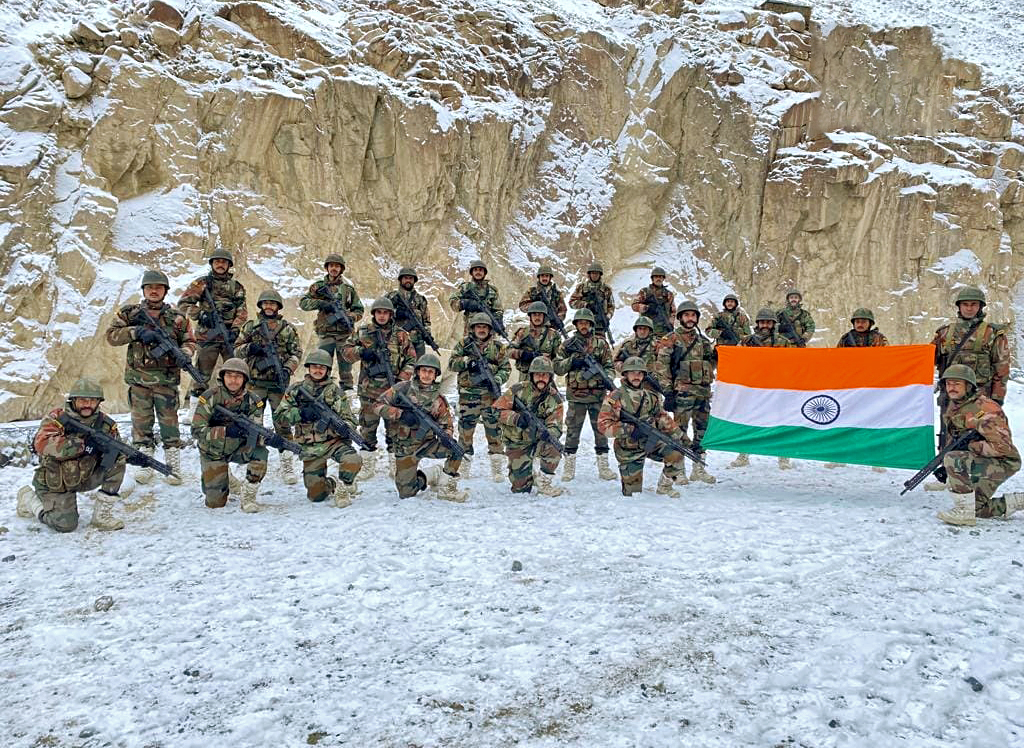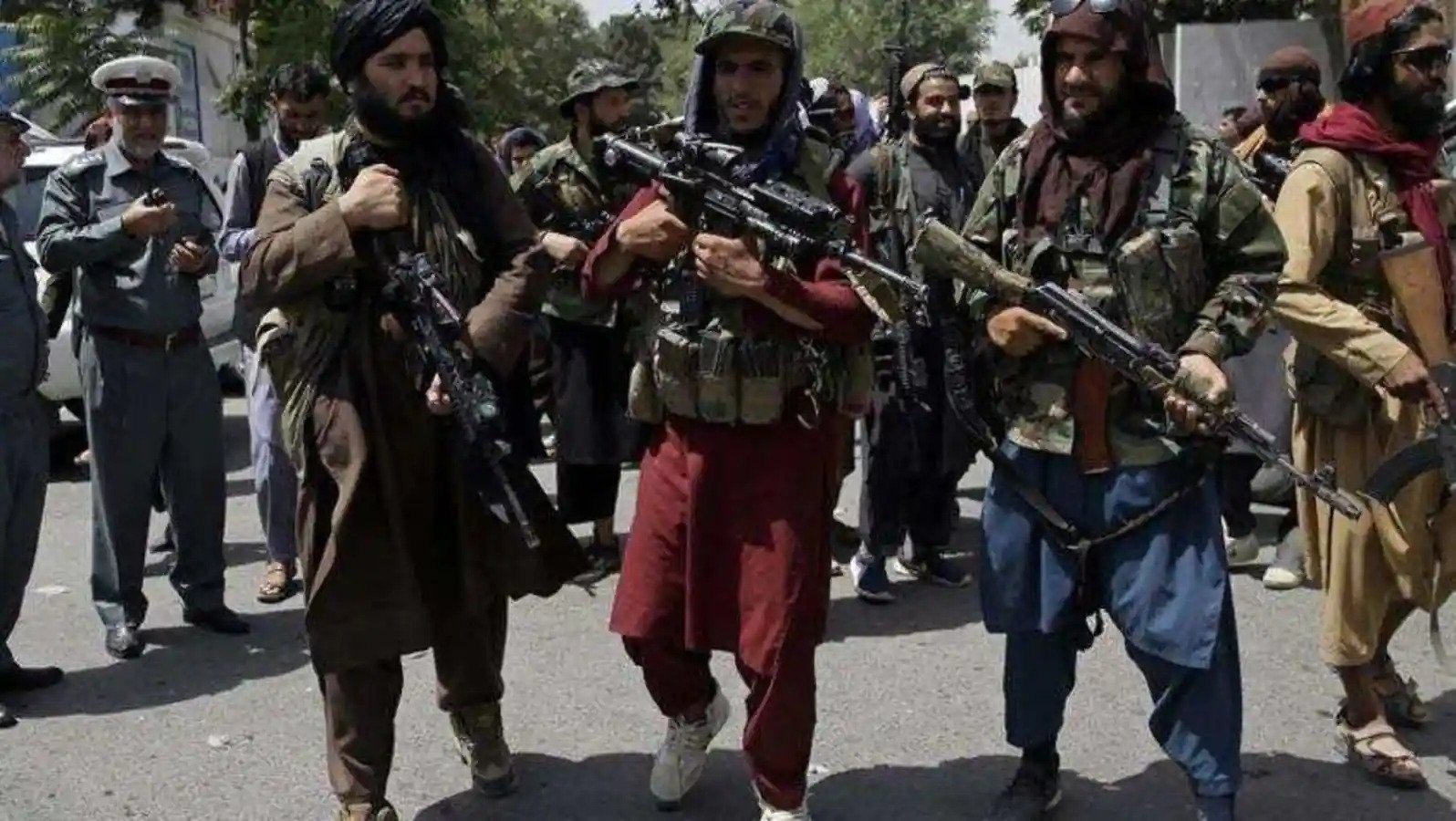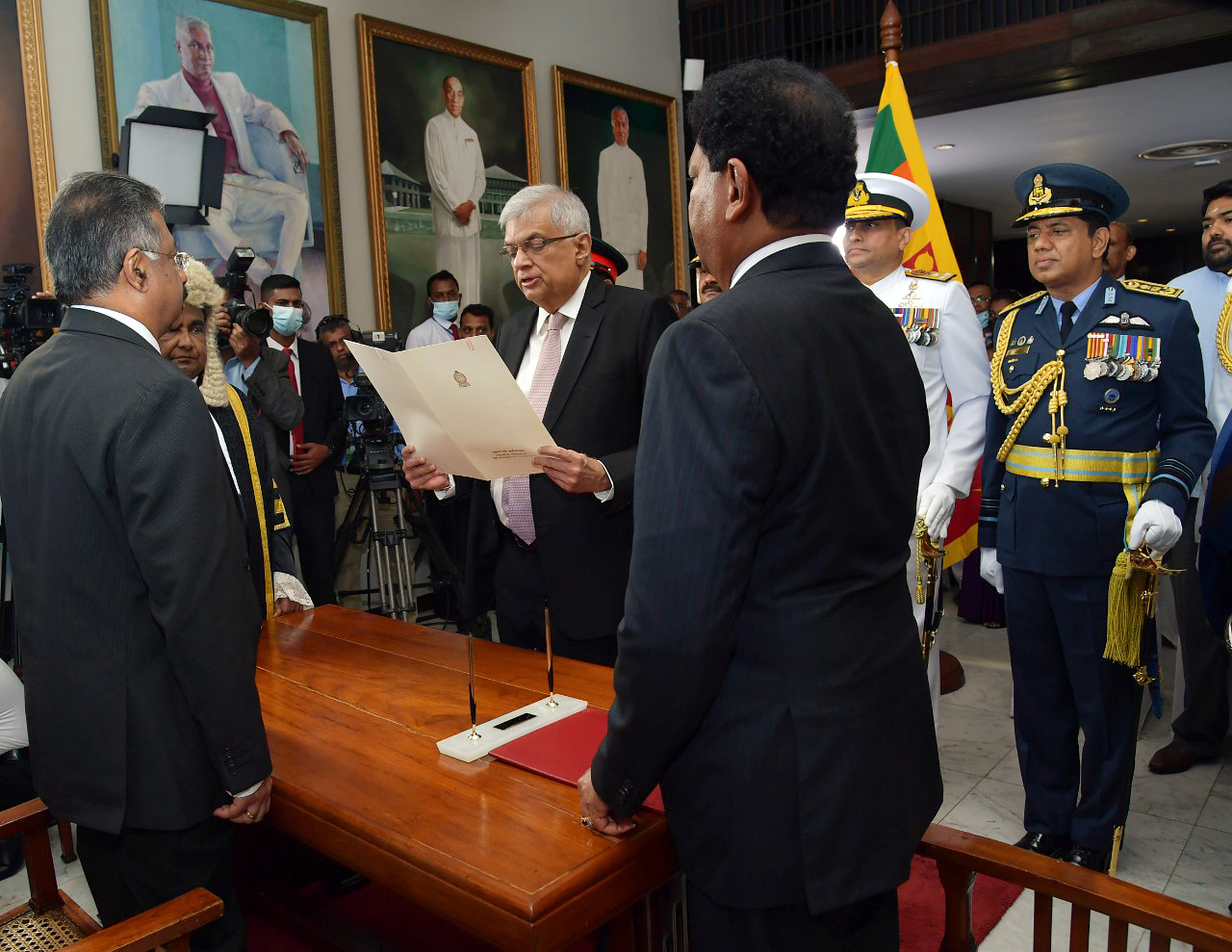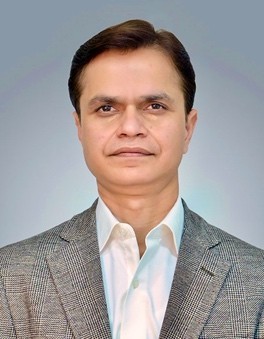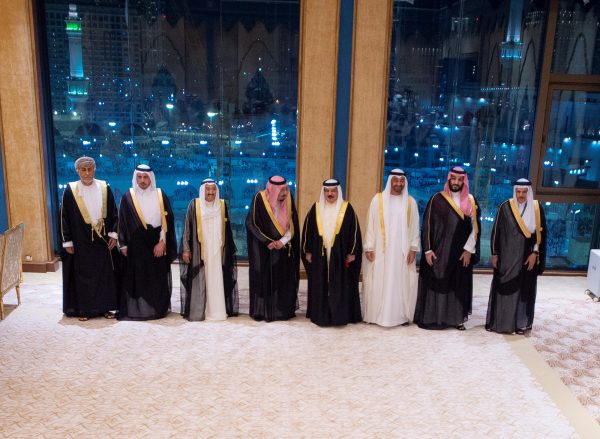Views and opinions from the top commentators in Indian media
China is further ramping up its border infrastructure along the LAC in Ladakh with a new bridge across the Pangong Tso as well as additional troop shelters, gun positions, helipads and jetties in the area between Finger-8 and its military bases at Sirijap-I and II. China’s border infrastructure is already superior, thanks to years of investment and the fact that China enjoys the easier bit of topography of the Tibetan plateau. India for decades had adopted the naive strategy that inaccessibility on our side would actually deter the Chinese from intruding across borders. It is only in the last 15 years that the Indian approach changed. And since the Galwan clash in June 2020, the pace of Indian border infrastructure development has quickened. In June last year, 63 bridges across six states and two Union territories along the LAC at a total cost of Rs 240 crore went operational. Just last week, a further 24 bridges and three roads in border states were ready for use.
Focus on US
The Chinese, as is famously known, view their global outlook on the basis of hierarchy. Here, the US is number one, and in some ways no one else matters. This becomes clear when you read the lengthy New Year message of Wang Yi, the Chinese foreign minister. In the current hierarchy of things, issues relating to Russia occupied the top slot.
Wang’s tone with regard to the US was combative and defensive at the same time. As for EU, Wang continued to present their relations in a positive light, even though the EU is now far more skeptical of the Chinese project.
Down the list were the neighbors beginning with ASEAN, followed by Central Asia and Japan. And then came India with whom Wang claimed China had “effectively managed and controlled frictions in certain border areas”.
New Delhi has not said much about this, but the exchange of sweets at several points along the LAC on New Year Day and the booming Sino-Indian trade in 2021 tells its own story.
— Manoj Joshi, The Quint
Hate Speech
Bharatiya Janata Party would not be the first political party to wink at ethno-nationalist extremism among its followers. The states of Uttarakhand, where the town of Haridwar is located, and neighboring Uttar Pradesh – from which Uttarakhand was split off two decades ago – are due for elections in coming months. The BJP, in power in both states, might be tempted to think that heightened inter-religious tension is a useful distraction from a struggling economy and the devastation caused by the Covid-19 pandemic.
But opposition parties have not pushed back strongly either. They are struggling to formulate a response to this sort of rhetoric that does not result in them being labeled “anti-Hindu.” In parts of north India, the secularism guaranteed by constitution has become so politically toxic that many politicians no longer seem able to defend the right of citizens to profess whatever faith they choose.
As a consequence, the entire political class seems increasingly complicit in enabling hate speech.
— Mihir Sharma, Bloomberg
Newer cracks
The marginalization is a consequence of spatial and temporal issues. In the Kashmir Valley, the Kashmiri-speaking society is homogenous in terms of language and ethnicity irrespective of religion. Gujjars, with their own distinct culture, stand out in the Valley. Their economic integration is relatively less. The Wagay caste among Kashmiri-speaking Muslims deals with the dairy trade, the traditional preoccupation of Gujjars. The realities change to the south of Pir Panjal — Jammu division — which is heterogenous both in terms of religion and ethnicity. Apart from Gojri, Gujjars are conversant in other languages such as Pahari, Dogri and Punjabi. For centuries, like the Hindu Gujjars in parts of North India, Muslim Gujjars have been involved in dairy farming in J&K. In neighboring undivided Punjab, Gujjar Muslims reportedly had a population of nearly 4.6 lakh in the 1901 census. The lens of marginalization in this particular context is similar to that of Hindu Gujjars in other parts of North India. In the same vein, there are several historically marginalized communities within the Pahari-speaking people, such as Lohars, Telis and so on.
— Luv Puri, The Telegraph (India)
Every week, we look at what the top commentators and opinion writers in the Indian media are talking about and bring to you a slice of their opinions and comments
















